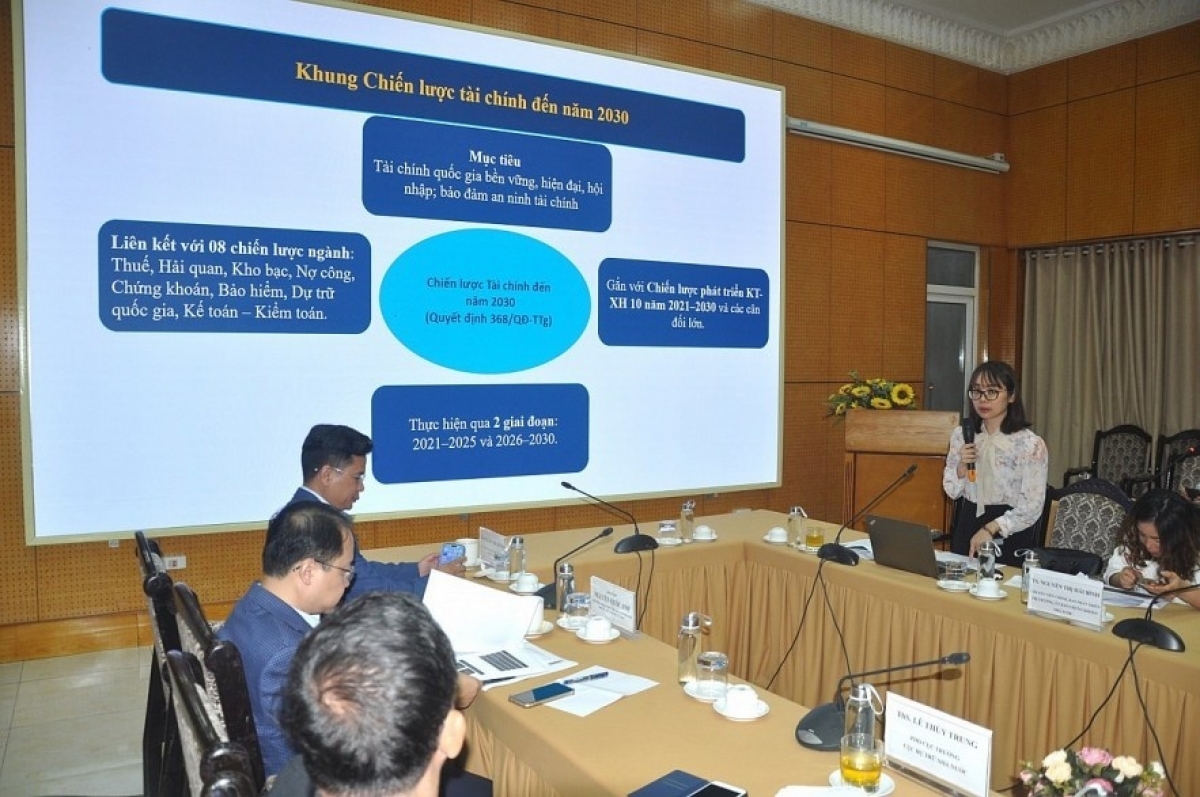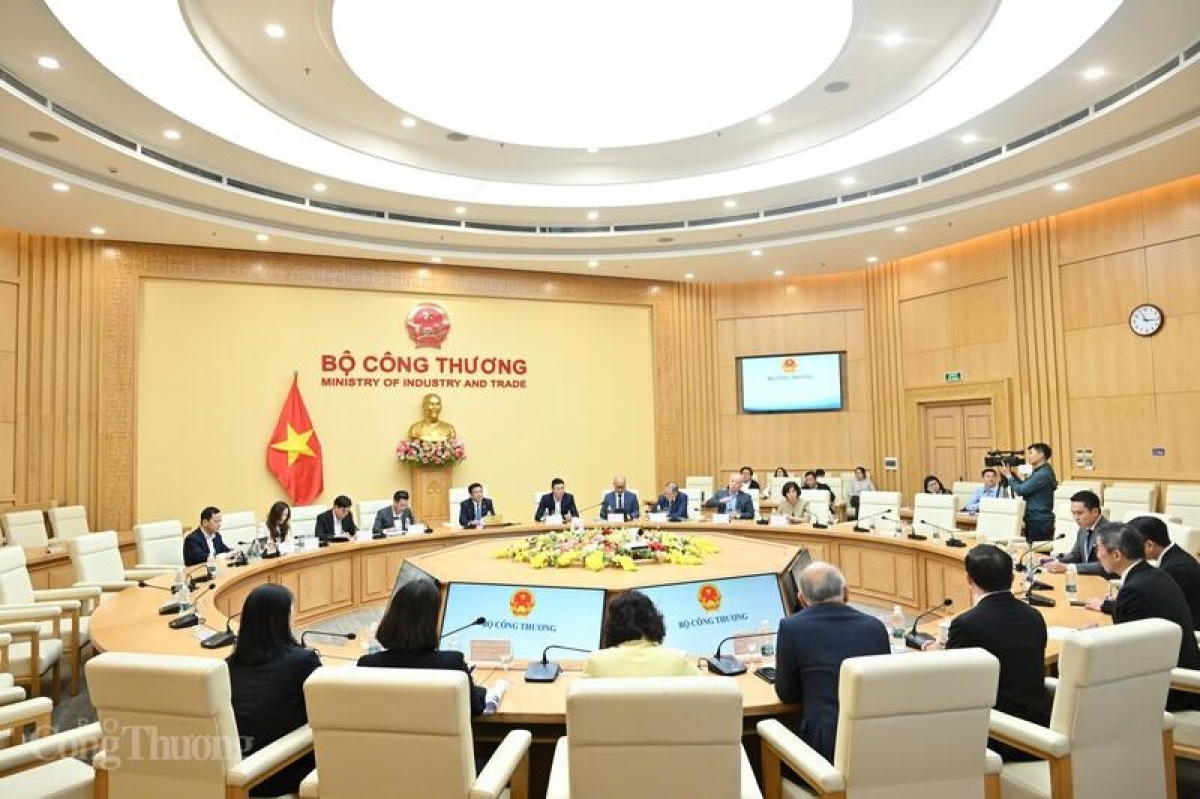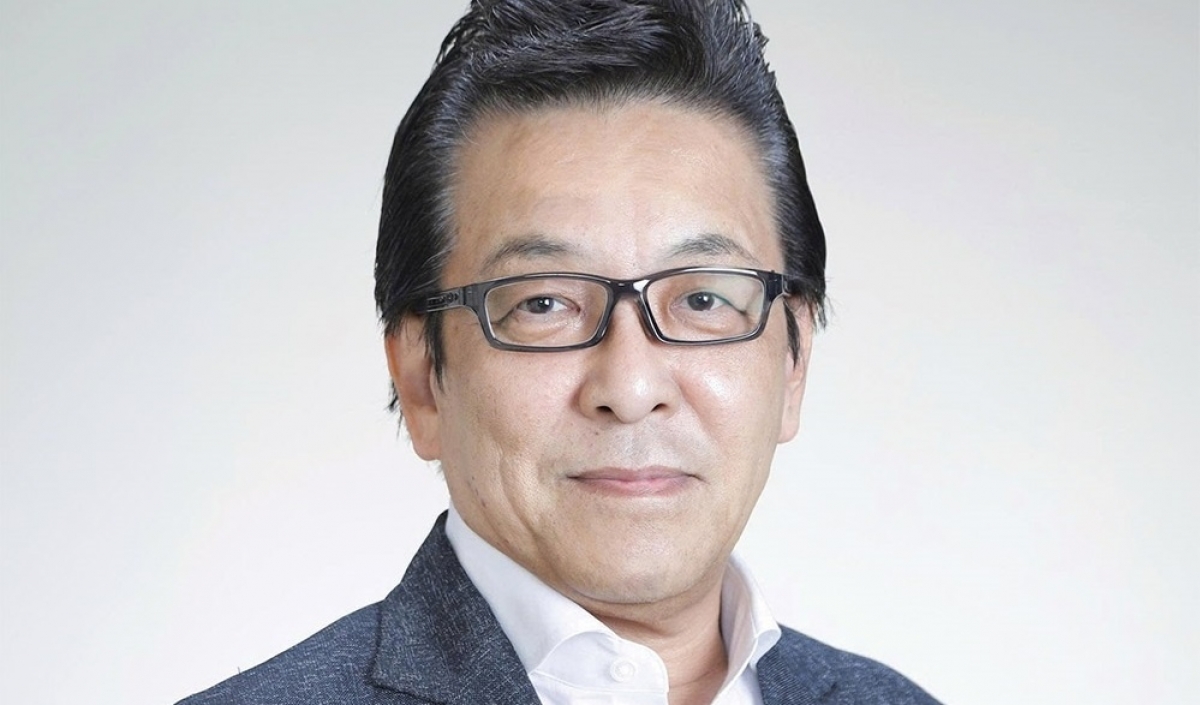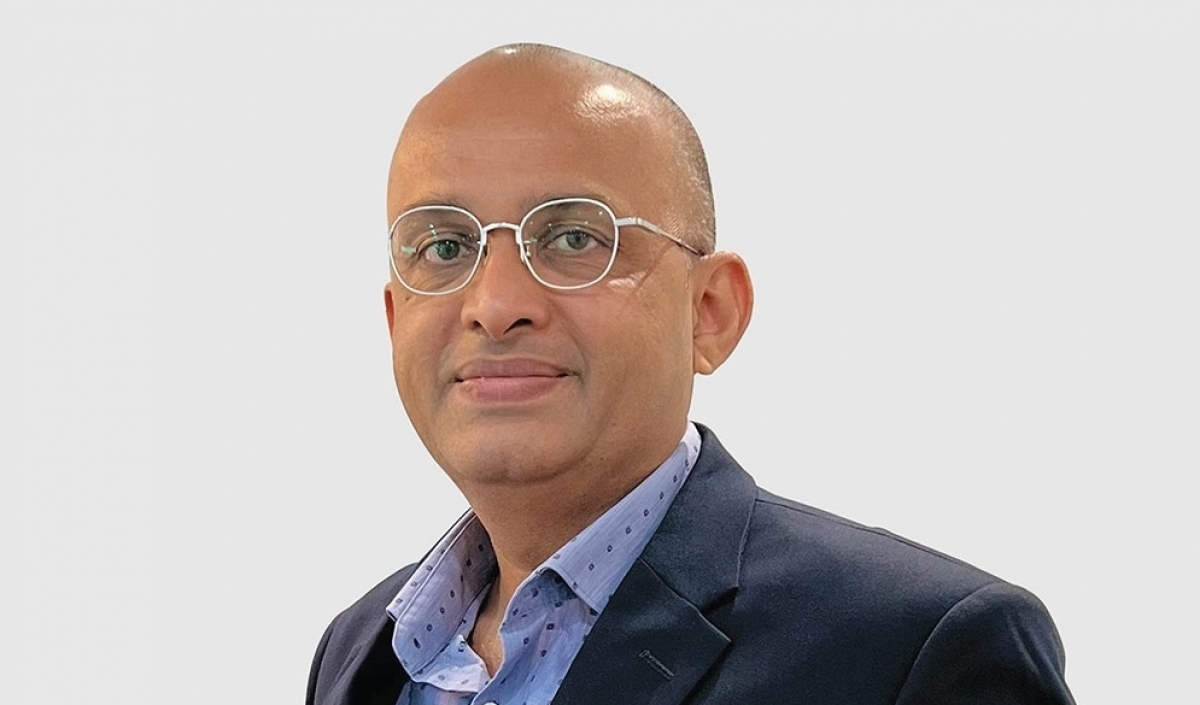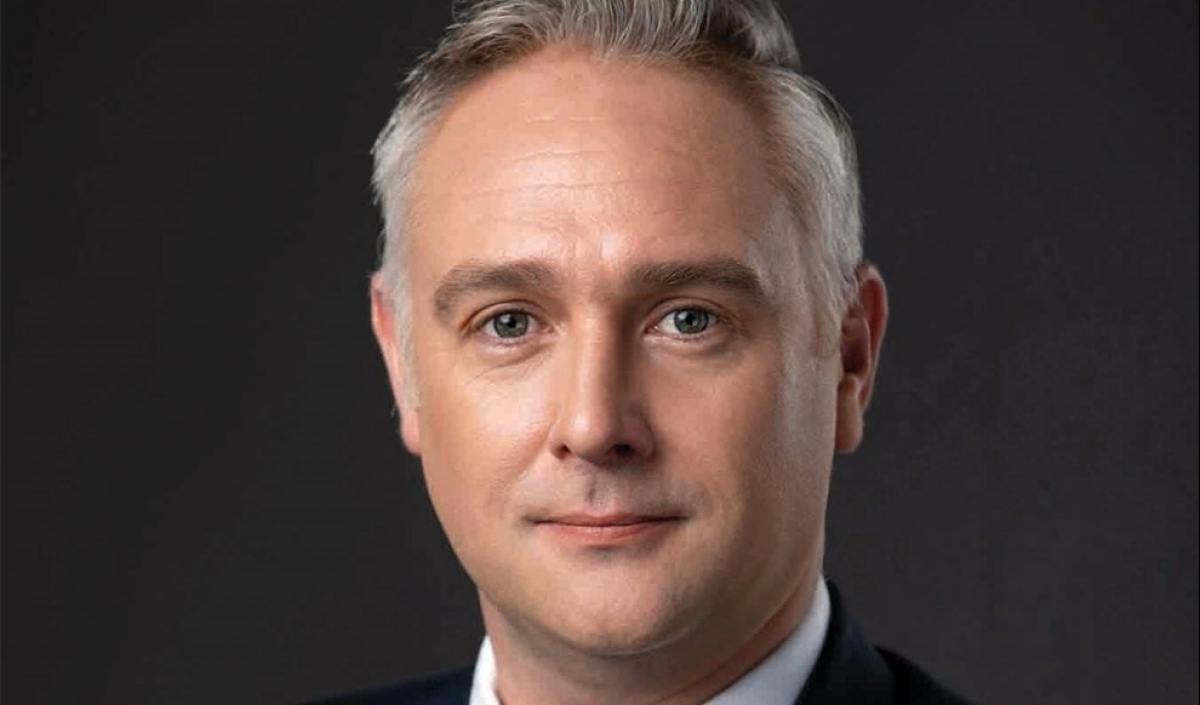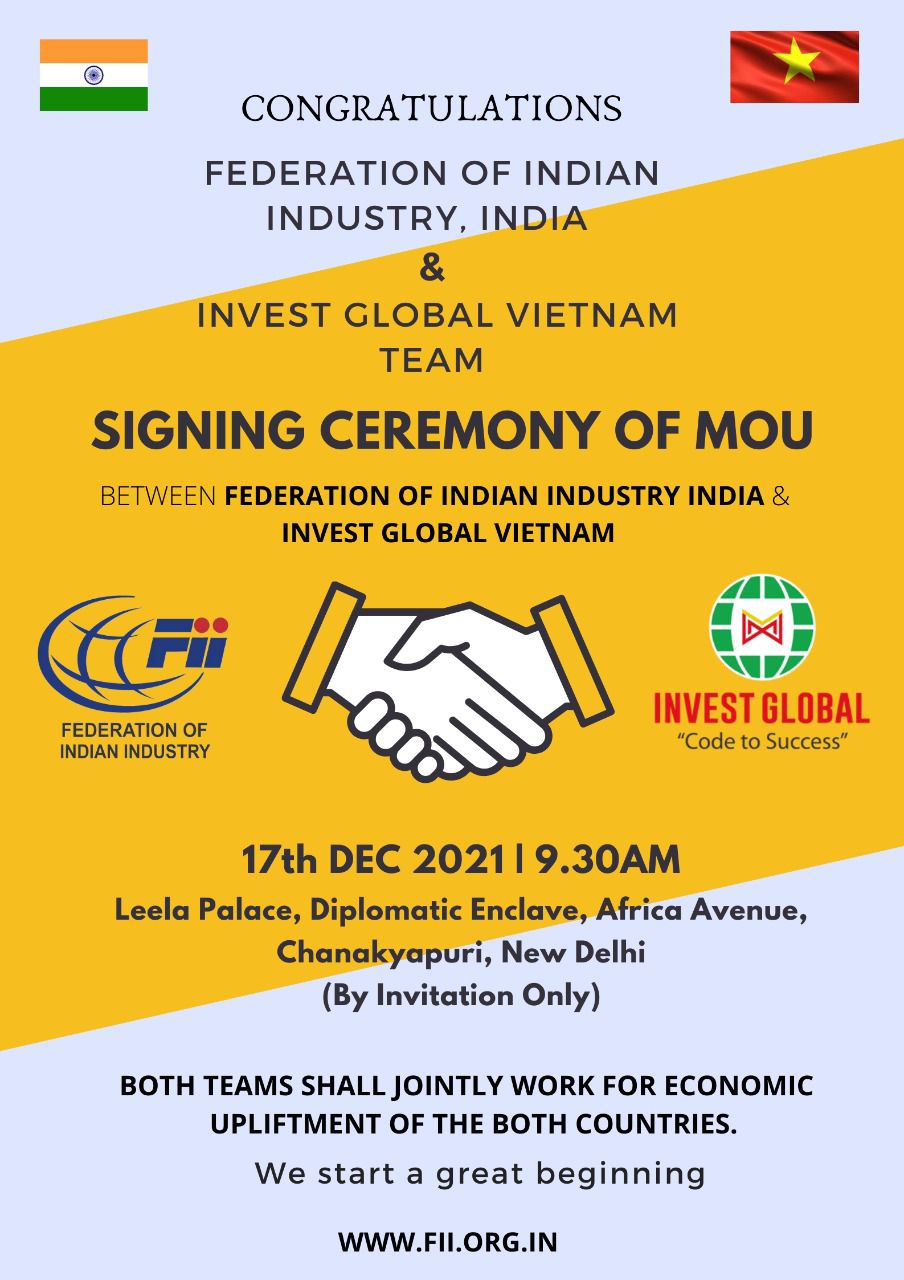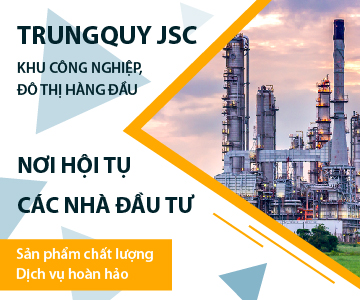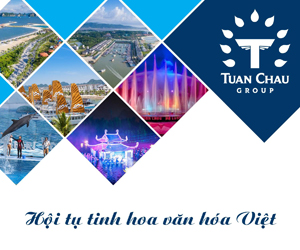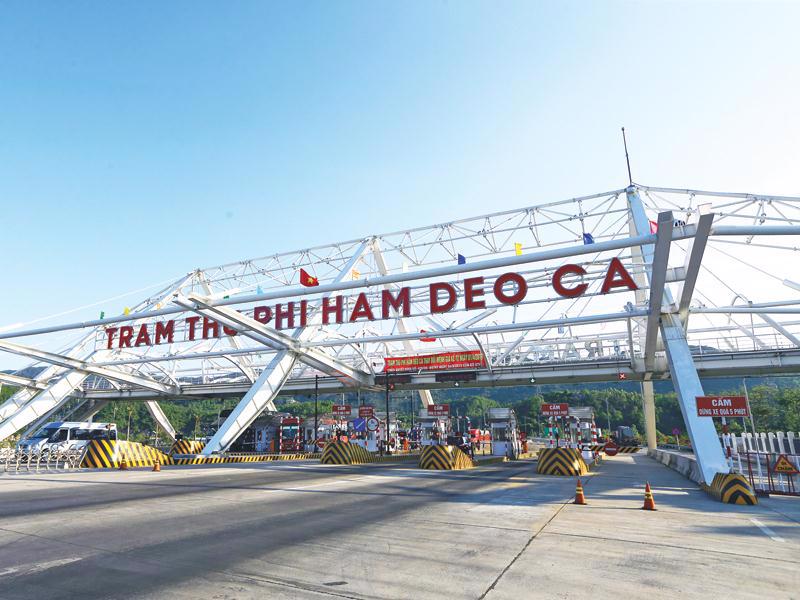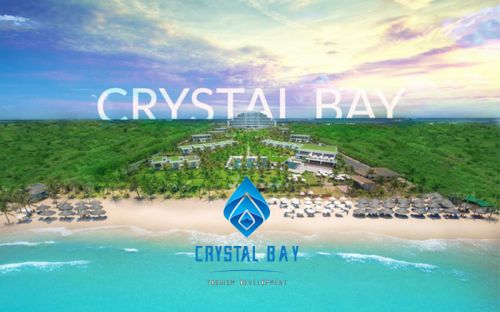INTERNATIONAL INVESTMENT
AND PORTAL
The fifth Vietnam Industrial Property Forum (VIPF 2025) opened in Ho Chi Minh City on October 29, bringing together policymakers, experts, and industry leaders to discuss the latest developments and emerging trends in Vietnam’s industrial real estate sector.
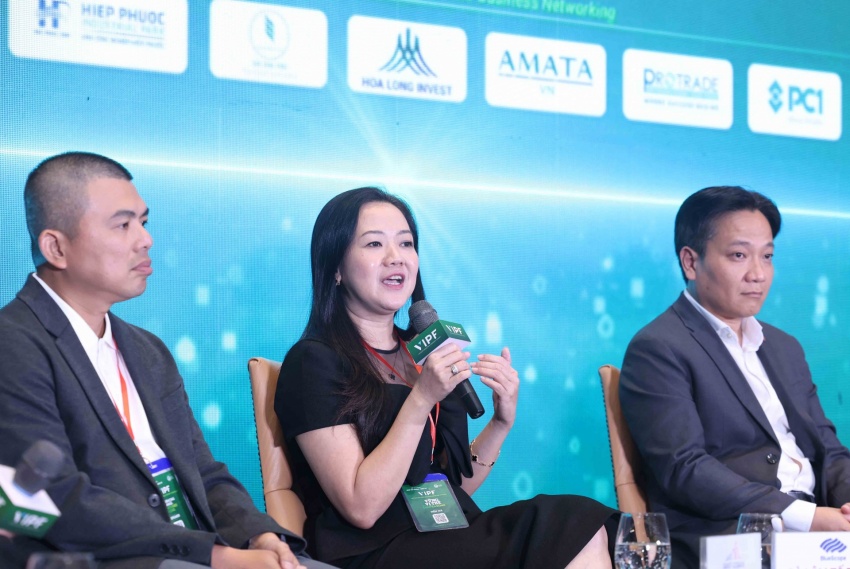 Lam To Trinh, vice president of product and segment development at NS BlueScope Vietnam Ltd
Lam To Trinh, vice president of product and segment development at NS BlueScope Vietnam Ltd
At the second panel discussion, Lam To Trinh, vice president of product and segment development at NS BlueScope Vietnam Ltd, emphasised the importance of building materials in developing green buildings and industrial parks to reduce emissions and save energy.
She said manufacturers such as BlueScope and Saint-Gobain focus on providing materials that help lower carbon emissions and improve energy efficiency during operation. For example, cladding materials can reflect more heat, reducing cooling energy needs.
“We are also prepared with international certifications such as EPD (Environmental Product Declaration) and LCA (Life Cycle Assessment) to make carbon emissions transparent, helping green IPs calculate emissions across the entire zone,” she said.
“Moreover, materials must be durable and sustainable to meet investors’ 20-50-year visions, maintaining building lifecycles and reducing long-term costs,” she added.
However, Trinh noted, “Green transformation in IPs cannot come from one side alone; it requires collaboration among real estate developers, design consultants, contractors, material manufacturers, and tenants.”
Specifically, developers must adopt a green industrial perspective, with clear regulations on infrastructure and materials. Consultants and contractors must understand and comply with these green standards. Material manufacturers should prepare emissions data for easy collection by investors. Tenants in IPs must also be committed to operating green facilities in the long term, she suggested.
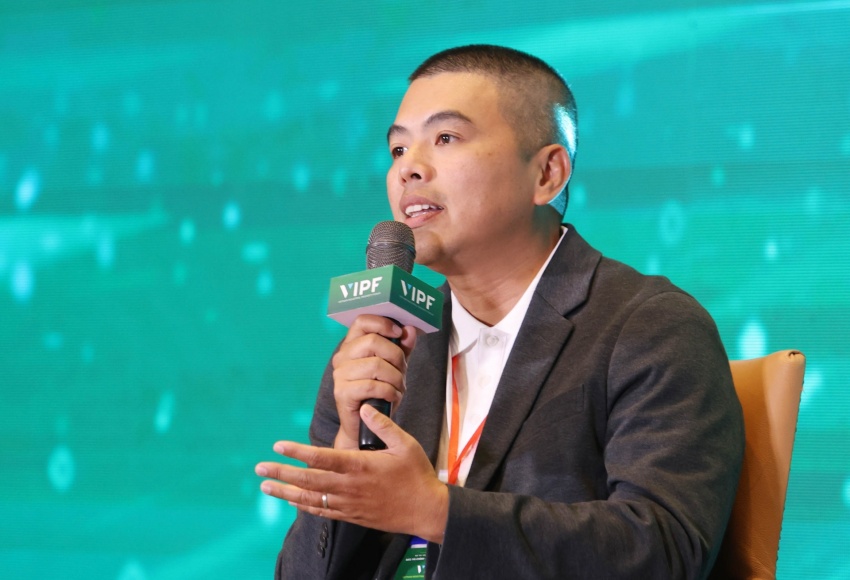 Vo Hoang Thanh, business development and sales manager (insulation) at Saint-Gobain Vietnam
Vo Hoang Thanh, business development and sales manager (insulation) at Saint-Gobain Vietnam
Vo Hoang Thanh, business development and sales manager (Insulation) at Saint-Gobain Vietnam, shared that the main challenges in green transition include costs, awareness, and technical standards. Many still believe that developing green buildings means higher upfront investment, without recognising the long-term benefits.
“Among these, awareness is the most crucial. It is essential to shift the mindset of investors and contractors that investing in green projects can attract FDI, enhance product value, and generate long-term gains,” he said. “Material manufacturers will accompany them by helping to overcome technical barriers and reduce production costs to make green products more affordable.”
 Le Thi Kim Thanh, business development director of Water at Suez in Southeast Asia
Le Thi Kim Thanh, business development director of Water at Suez in Southeast Asia
Sharing solutions for a comprehensive green transition in IPs, Le Thi Kim Thanh, business development director of Water at Suez in Southeast Asia, said that the definition of green remains unclear.
“Most new IPs in Vietnam focus mainly on solar energy and green materials, but that alone is not enough to create a truly green, sustainable, smart, and integrated model,” she said.
She emphasised the need to optimise water resources. Advanced IPs around the world prioritise efficient water use and wastewater management.
“Instead of merely building wastewater treatment plants that meet national standards (Grade A) and wasting valuable water resources, developers of IPs should partner with experienced operators and apply advanced technologies using real-time management software,” she suggested.
Therefore, she highlighted three key aspects of a green industrial park model, including optimising resource use (water, energy), reducing environmental emissions, and reusing resources.
She recommended considering wastewater as a resource, not a cost. It can be transformed into reusable energy, for example, converting sludge into biogas for sale or using energy generated from solid waste incineration to power factories.
“A closed-loop, sustainable industrial park model will help solve critical issues and attract high-quality foreign investors,” she stated.
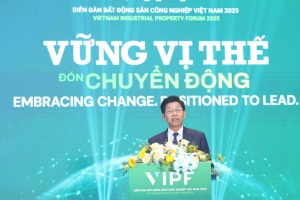 VIPF 2025 highlights Vietnam’s evolving real estate landscape
VIPF 2025 highlights Vietnam’s evolving real estate landscape
The fifth Vietnam Industrial Property Forum (VIPF 2025) opened in Ho Chi Minh City on October 29, bringing together policymakers, experts, and industry leaders to discuss the latest developments and emerging trends in Vietnam’s industrial real estate sector.
 Vietnam Industrial Property Forum 2025: “Embracing Change. Positioned To Lead”
Vietnam Industrial Property Forum 2025: “Embracing Change. Positioned To Lead”
The 5th Vietnam Industrial Property Forum (VIPF 2025), co-organised by Vietnam Investment Review and the Vietnam Industrial Real Estate Association (VIREA) under the auspices of the Ministry of Finance, will take place in Ho Chi Minh City on the afternoon of October 29 at The Reverie Saigon hotel.
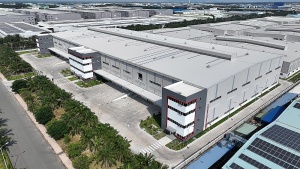 Industrial expansion accelerates across northern Vietnam
Industrial expansion accelerates across northern Vietnam
Northern Vietnam’s industrial real estate sector is witnessing rapid expansion as it cements its position as a key manufacturing and investment hub. Yet, despite strong growth in new supply, demand continues to surge well beyond available capacity.
 Key trends shape industrial property
Key trends shape industrial property
Vietnam is expected to undergo a transformation in how it builds and operates industrial areas. Truong Gia Bao, vice chairman and secretary general of the Vietnam Industrial Real Estate Association, shared with VIR’s Bich Ngoc his insights on the key development trends shaping Vietnam’s industrial property sector.
